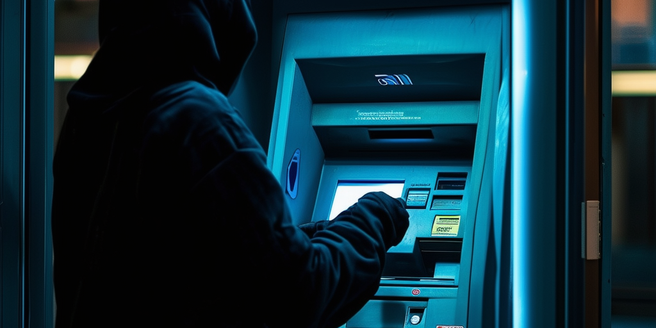Recognizing the Common Types of Credit Card Fraud
Knowledge and awareness of possible threats is our primary defense against illicit activities like credit card fraud. Synthesizing information about the various types of fraud, such as Card-not-present Fraud, Skimming, Phishing, and Stolen Cards, allows us to better protect ourselves. Each type of fraud comes with its distinct characteristics that give insight into the sort of threat faced. For instance, Card-not-present Fraud occurs when a transaction is made without the physical presence of the card, while skimming involves copying data from the credit card’s magnetic strip without the cardholder’s awareness. Similarly, phishing is a deceitful technique used to acquire sensitive data, whereas stolen cards involve the thief using a card that doesn’t belong to them. By recognizing these fraud markers, fraudulent activities can be quickly identified and halted.
Our keen observance on our bank or credit card transactions can allow us to identify potential fraudulent activities early on. This vigilance should extend beyond just monthly statements, as many financial institutions and card companies offer real-time transaction tracking in today’s digital age. Keeping track and scrutinizing unusual actives, such as unauthorized purchases or cash withdrawals, can often signal unauthorized transactions, helping to prevent the situation from escalating.
Understanding the Mechanism Behind Credit Card Fraud
Credit card fraud is a widespread crime, often perpetuated by fraudsters to make unauthorized purchases. They employ a variety of illicit methods to steal card information. Skimming devices, often attached to ATMs or payment terminals, are a common tool to unknowingly extract a user’s card details.
Besides physical tools, various deceptive digital tactics are also used to gather credit card information. Hacking can involve breaking into personal accounts or company databases by exploiting system vulnerabilities or using advanced cyber techniques to bypass security measures.
Another widespread technique is the use of phishing emails where potential victims receive fraudulent emails under the disguise of authentic companies. These emails contain links or attachments which, when interacted with, release malware to track and steal information.
By understanding these fraudulent practices, one can better protect against credit card fraud. This knowledge is crucial in safeguarding one’s financial information and maintaining security.
Preventive Measures to Shield Yourself from Credit Card Fraud
Implementing measures to avert credit card fraud is essential in today’s digital age, with secure online transactions on trusted websites acting as the primary defense. Regularly reviewing credit card statements to detect any unauthorized activities and diligently protecting personal data are other essential measures. Other actions include refusing to respond to unsolicited requests for your credit card information, a common tactic of fraudsters, and swiftly reporting lost or stolen cards to your bank to minimize potential damage. In conclusion, secure online transactions, regular statement checks, personal data protection, ignoring unsolicited data requests, and timely reporting of misplaced cards are effective strategies to combat this pervasive risk.
Impacts of Credit Card Fraud on Individuals and Society
Credit card fraud is a serious crime that not only financially and emotionally burdens individuals but also gravely impacts businesses and the broader economy. Victims often find themselves struggling to rebuild their financial stability, while businesses bear the brunt of these fraudulent activities, having to account for these losses in their financial planning and navigation of complex business landscapes. This results in higher prices for goods and services as companies pass down the cost to consumers. Notably, the crimes strain law enforcement resources, consuming investigative hours, human resources, and funds. Ultimately, credit card fraud is a multi-faceted problem that affects individuals, businesses, and society at large, so it needs to be meticulously managed and actively prevented to limit its repercussions.
The Role of Banks and Financial Institutions in Preventing Credit Card Fraud
Banks and financial institutions serve a critical role in upholding the nation’s economic structure by acting as supportive pillars. To ensure financial integrity, they invest significantly in the development of advanced algorithms for operations and fraud detection systems, incorporating cutting-edge technology to protect customers from potential threats.
Furthermore, they prioritize customer education by developing awareness programs, creating informational resources, and providing dedicated customer service teams for guidance. Their collaboration with regulatory authorities and law enforcement agencies bolsters their fight against fraud, enabling a faster response to financial crimes and a stronger legal framework for future prevention.
In essence, banks and financial institutions have a broad role that goes beyond typical financial operations. They invest, not just in technology but also in consumer education and fortify partnerships with relevant authorities, all to combat fraud and secure the financial environment.


